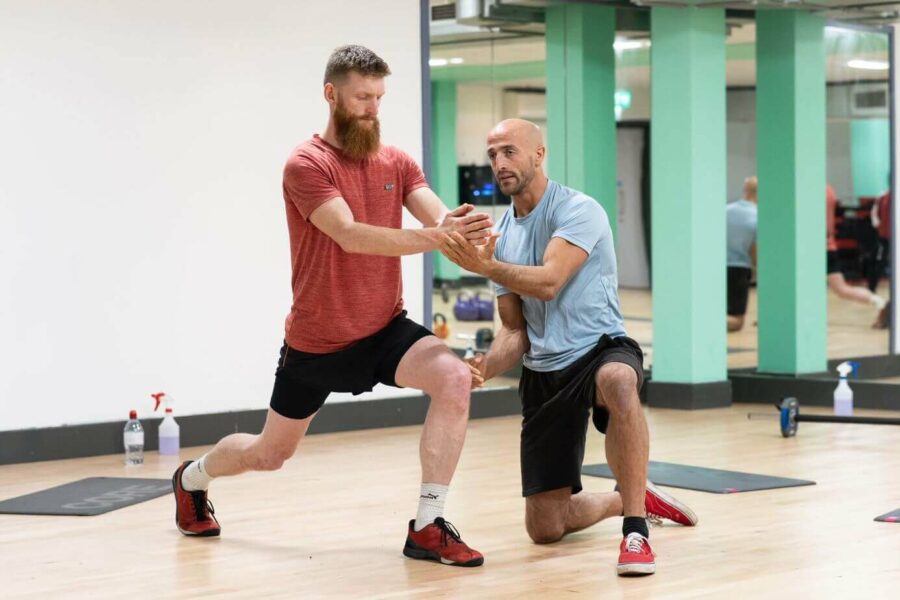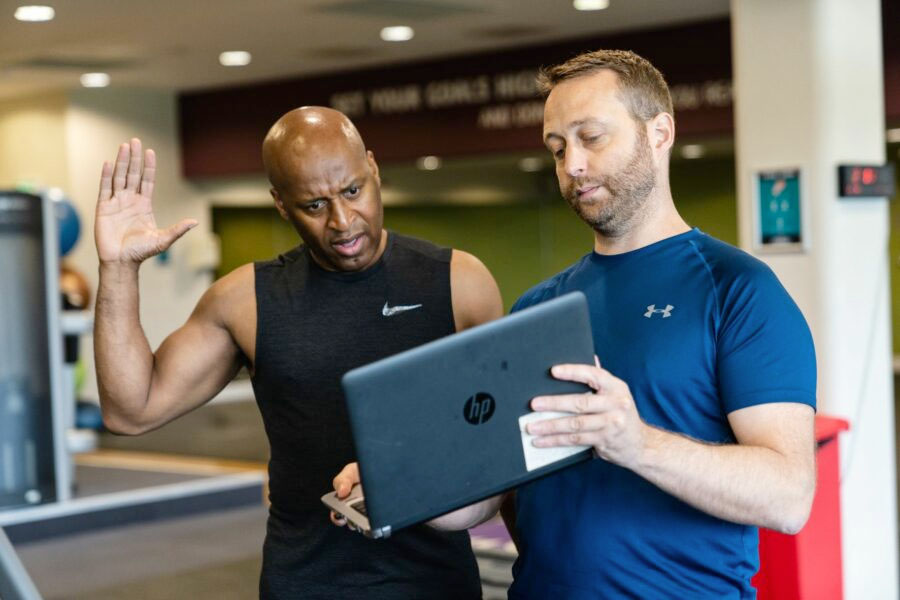As fitness professionals, you’re always looking for more ways to boost revenue, grow your business, and gain more clients than ever before (or, at least, more than your competitors). However, time and time again Personal Trainers are booking more sessions than they can cope with, stretching their time too thin with clients, and leading to feelings of burnout.
The simple solution to this is to start structuring your time to boost the number of clients you can train while being mindful of your time and mental health. There are multiple options for ways to maximise your time with clients without needing to block out your calendar, focusing on a mixture of private, semi-private, and class style training.
Check out these helpful tips on how to structure your time as a Personal Trainer to avoid burnout, while still getting to train as many clients as possible, doing the job you love.
Here are three ways you can start structuring your PT business:

Semiprivate Personal Training Sessions
If you’re looking for a way to maximise your client potential while not compromising on spending time supporting them one on one, then semiprivate personal training sessions might be just the thing your business needs!
Semiprivate Personal Training is a way of training multiple clients in small groups, running each one through an individualised session of exercises but with the added benefit of the group environment.
For a client, you can build a sense of community with the people in the PT session, working individually on your programme but with the encouragement from everyone else (including the PT). For example, one client could be doing a series of squats, while the other is working through benchpresses.
The PT can be supporting both clients throughout but on a less hands-on basis. This format works best when a client is more confident with their routine.
The other benefits are:
- You can charge more than you would for a fitness class for a semiprivate session.
- You need to spend less booking out venues for 1-2-1 sessions, and can train more clients in one go; leaving yourself more time for personal development training, necessary breaks, and admin.
- Putting in these sessions once or twice a day can double your client potential without doubling your workload or booking your calendar and turning away potential clients.
- This is also useful for word of mouth marketing; more people in a session means more people to talk to about other training opportunities, or groups of friends all looking to support one another with getting fit and healthy.
Example prices for sessions range from £20 per session. This may seem lower than a PT session, but this price is multiplied by however many are in your semiprivate session. This means you could be earning £200 from one PT session!

1-2-1 PT Training
Booking in clients to fill your entire working day sounds appealing, especially when you’re just starting a business. However, booking back to back 1-2-1s from the hour you start to the hour you finish will mean that you’re tired and burnt out by the end, not giving your client’s the attention and support you would wish to give them.
1-2-1s are the bread and butter of being a PT, but that doesn’t mean that’s the only way to structure your business. By switching things up with semiprivate and class-based training, you can keep your client base high without stretching your time too thin.
For part-time Personal Trainers, the recommended average amount of clients to see is four or five a week. For full time, this can go up to between 10 and 25 a day, charging between £30 and £50 per session.
1-2-1 client training is a great way to maximise time spent with a client helping them hit their health and fitness goals. You can also charge a lot more for 1-2-1 sessions than for group or semi-private.
Class-based PT Training
Running group PT sessions and classes is the easiest way to grow your Personal Training business. You can target specific client groups and run bespoke classes, such as those who want to lose weight or get into Strength and Conditioning, and build a community.
Running classes helps to build rapport too, meaning that your group participants will think of you first when they want 1-2-1 sessions.
You can market these classes on social media, or work with your local health club to grow your small business. There are plenty of options for running fitness training classes, so make sure you know your target market before sharing your classes online.
The downside of a complete class-based structure is that you can charge a lot less for classes than you can for private or semi-private PT sessions. You will also need to book out more space, such as a hall for circuits or weight loss classes, which can lead to higher business expenses.
How to Use This Structure
Looking at these different types of sessions, it’s easy to get lost as to which ones to prioritise and how frequently. The answer and progressions are quite simple:
- Clients who want support with hitting fitness goals, but who don’t need specialist coaching would benefit from semiprivate training. They will be able to build their community and you can train 4 or 5 clients at a time.
- For the clients in your community who need a little extra support, you can then book them into 1-2-1 sessions. You can work on specific goals with them privately at a specialist rate.
- Then, people who want more training from you and want to continue to work with their community but not in a PT environment can do classes with you. Having people already bought into your training in your classes will help spread the word quicker about the training that you do. Other people in the classes will see the benefits of your semiprivate training community and sign up.
This structure creates a continuum of gaining new clients and training the clients you have efficiently. You can grow your client base without the need to always be booking 1-2-1s or relying solely on leading classes without bringing some of your most engaged customers into a semiprivate space.

Takeaway
As a business owner in the fitness industry, knowing how to manage your time to maximise client interaction and engagement without compromising your time for breaks is crucial. Building a sense of community with clients is key, and using the semi-private structure to support clients is an effective way to do this while still giving the clients the 1-2-1 support they’re looking for.
For more tips about how to maximise your earning potential and set yourself up for success when starting a Personal Training business, check out our How to Become guide here.

